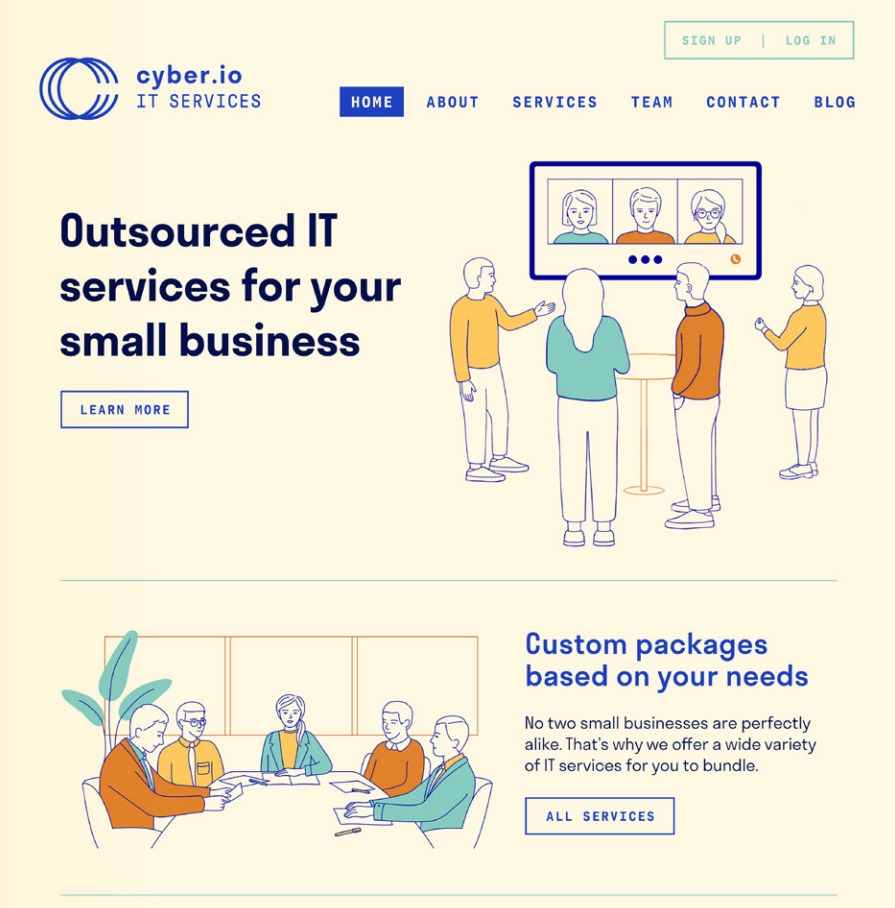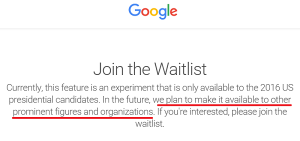For every business, creating a steady stream of leads is an essential — but tricky — component to generating revenue. Mastering how to generate leads for technology projects can be even more difficult because the dense competition in technology industries gives potential customers more than enough options to overlook your business entirely.
The solution? You’ll need to distinguish yourself from the competition and start attracting qualified leads to your business in order to make sales.
Mastering multiple online marketing strategies and deploying them in tandem is the key to increasing your presence and capturing serious clientele. Using a clever combination of techniques, you can lead prospects to your website, boost their interest in your products or services, and then convert them into paying clients through careful engagement.
In this post, we’ll be exploring how you can harness the power of SEO, social media marketing, landing pages, and other strategies to generate precious technology services leads. Then, we’ll take a look at how you can employ email marketing to nurture those leads, generate sales, and improve your bottom line.
Online marketing techniques for bringing in leads, capturing contact info, and creating clients
Generally speaking, online marketing techniques serve to attract, inform, capture, and engage leads. Here, we’ll be looking at specific tactics to:
- Attract potential clients to your website
- Inform potential clients about your business
- Capture contact info and encourage potential clients to stay in touch
- Engage current clients and motivate them to promote for you
No single marketing technique can cover all of these vital lead-generating steps, but using a combination of techniques, you can bring together all the elements you need to keep current clients engaged and expand your visibility to attract new prospects.
Here’s how some of the most popular online marketing activities play a role in that strategy.
Your website
Your website is the bedrock of your digital marketing efforts and often serves as the first impression new clients get of your brand. Many of your other marketing tactics will center around funneling prospects toward your website, where you can continue working your marketing magic to inch them closer to a purchasing decision.

Your technology services website is a central element of all your online marketing efforts. It serves to attract new leads, entice them with information about your business, and capture their information so you can follow up with them, usually through an email sign-up form.
Your website, in large part, serves as an information hub — educating potential clients about your products and services and potentially spurring them to make a purchase. Even in instances where your website alone isn’t enough to convert a visitor to a customer, you can still use it to capture contact info (vital for building a relationship with future clients) or build general awareness of your brand.
Search engine optimization (SEO)
SEO is the process of understanding how potential customers are searching for information about products and services in your industry, then positioning your own brand to be more visible in said searches. Through SEO efforts, you can increase not only the position of your website in online searches, but you can also ensure you’re bringing in the highest quality leads — prospects who are serious about making a purchase.
Properly-executed SEO efforts emphasize specific keywords and topics that are most pertinent to potential clients who are a good fit for your brand. When you rank high on the search engine results pages for these topics, it’s more likely that these prospects will come to your website, where you can begin to educate them with content.
Content marketing
The primary purpose of content marketing is to inform prospects about your brand, expertise, products, and services. Your website pages themselves serve as one form of content marketing, but your content might also take the form of blog posts, white papers, podcasts, video content, infographics, case studies, and more.
Along with video and infographics, those blog posts in particular are a central component of most content strategies. Tying back to the interconnectedness of digital marketing tactics, search engines are the number one source of traffic to many blogs. Combining content marketing with SEO is a potent one-two combination for getting prospects to your website, but there are even more techniques you can employ to continue expanding your reach.
Social media marketing
Social media marketing involves the promotion of your content across social media platforms, along with engaging with target prospects to spread brand awareness. Through social media, you can also gain feedback about how audiences perceive your brand and learn demographic details about your prospects that will help you further refine your ideal customer profiles.
Best practices will vary depending on the specific social networks you are targeting. On the whole, however, you should keep in mind that social media can support every aspect of your online marketing efforts, in addition to working as a tactic all its own.
Event marketing
Events are a great way to generate interest in your brand, educate prospects about who you are, and beef up your contact list so you can start reaching out to new clients.
Through event marketing, you can promote your upcoming events and ensure you have people coming through the door. That door doesn’t have to be physical, mind you. Virtual events are just as helpful as in-person events if you’re looking to capture new contacts. For tech companies specifically, webinars are a great way to generate interest in your offerings and create evergreen content you can use well after the event is over.
Paid advertisements
When it comes to getting potential leads to your door, it’s hard to overlook the efficacy of paid advertisements. Paid search ads can help you produce rapid, short-term boosts to your website traffic in a cost-effective manner. Used in tandem with your organic traffic-building SEO efforts, you can help ensure a steady stream of qualified new visitors who are looking for a solution that you can offer them.
Email marketing
While the above strategies are amazing at attracting leads to your site, informing them about your brand, and building your email list, there’s one other tactic you’ll need to help you build the lasting relationships that convert leads into repeat clients: email marketing.
Email marketing allows you to connect with prospects before they’ve made up their minds and guide them towards a purchase. It’s also useful for following up with customers post-purchase and offering support. Emails are a pivotal part of any lead nurturing strategy, and once you nail down your email marketing plan, you’ll be able to get a rhythm for reaching out and following up that optimizes your conversions (the amount of leads you actually “convert” to paying customers) and motivates clients to sing your praises.
Additional tactics
These aren’t the only ways to secure traffic and contact details. Other marketing techniques you might incorporate into your overall lead-generation strategy include:
- Building landing pages to motivate specific actions and capture contact details
- Offering free trials to generate interest in a specific product
- Asking for referrals and testimonials so that current customers can help bring in future customers
- Using surveys to learn what your prospects want while also bringing in some contact information
- Partnering with influencers to help promote your product and guide prospects to your landing pages
Wrapping up
With these techniques, you should be well on your way to creating a steady influx of new, qualified leads and a system for retaining as many customers as possible.
If you’re looking for even more insights on how you can fine-tune your online marketing efforts to their maximum effect, be sure to check out The Download, our official playbook for digital marketing for technology services.
Digital & Social Articles on Business 2 Community
(25)
Report Post




